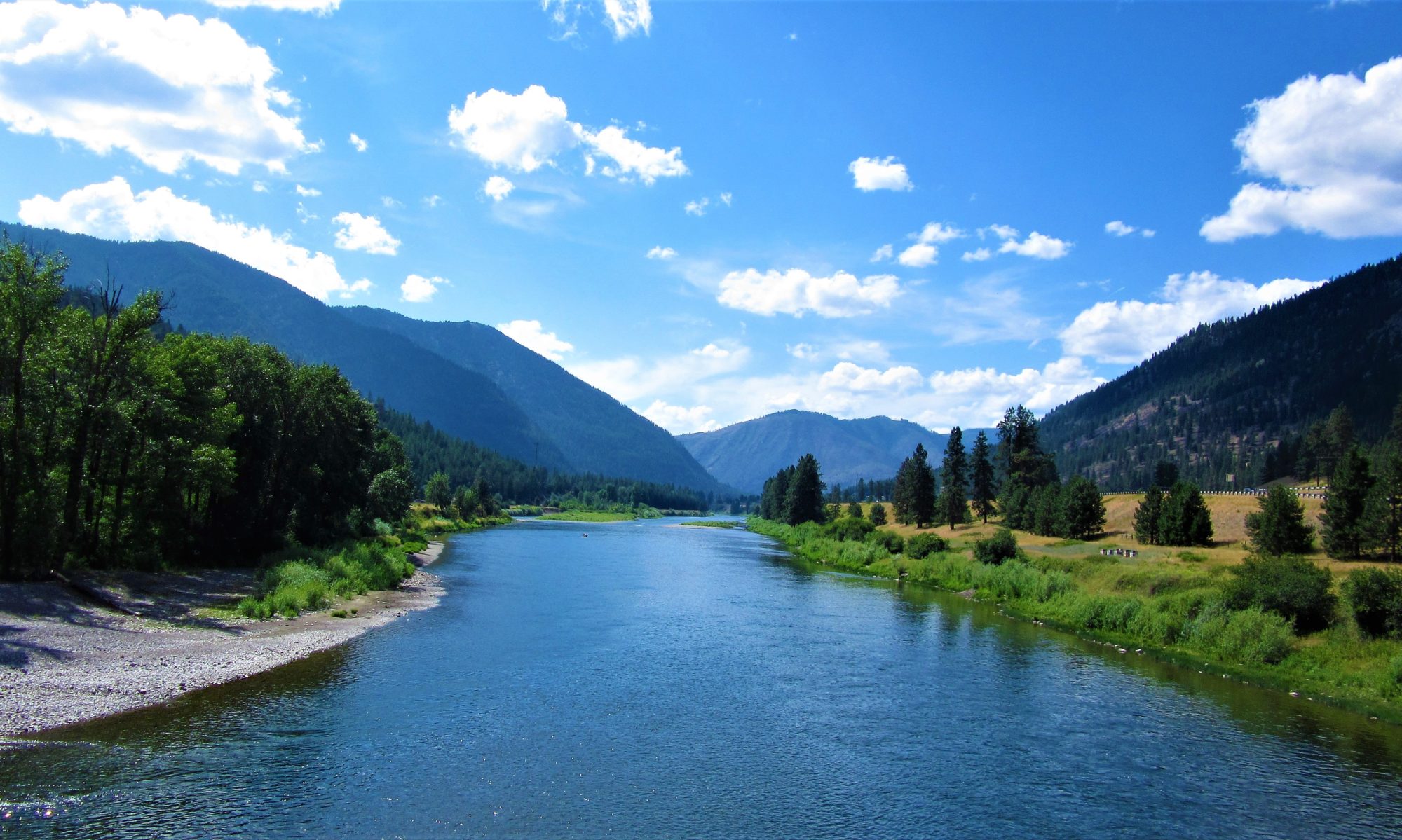During the April 11, 1996 Alberton, Montana, train derailment and chlorine spill, while Montana Rail Link engineers barely escaped with their lives, a transient rider on the train died from severe chlorine exposure. Across the Clark Fork River, motorists were caught in the spreading chemical fog. An estimated 1000 residents evacuated and hundreds sought medical aid in the days to follow. Eventually, 2000 people filed claims.
Some 130,000 pounds of liquid chlorine leaked, converting to chlorine gas, the largest chlorine spill in US railroad history. Chlorine expands to a gas 460 times the volume of the liquid form. As it mixed with moisture and air, the gas converted to hydrochloric and hypochlorous acid in mists that filled the valley and traveled in all directions, mostly east towards Missoula. Based on models and peoples’ symptoms, dangerously high levels of chlorine spread for miles, often in pockets.
As residents from Cyr to beyond Ninemile Exit fled to Frenchtown and Missoula, they acutely suffered burns to their respiratory tract, eyes and skin. Thanks to the heroic efforts of Alberton Volunteer Firefighters, with help from some Frenchtown Volunteer Firefighters and Missoula County Sheriff’s deputies, casualties were lessened during evacuations. Many responders had poor or no respiratory protection, risking their health and lives.
Attached to a string of 90-ton chlorine tanks was a tank of potassium cresylate, a toxic caustic solution used to filter mercaptans from natural gas. During the violent train crash, one end of this tank ripped open, disgorging 17,000 gallons of waste into the ditch alongside the tracks, butting heads with the ruptured chlorine tank. Simultaneously, some chlorine spilled into the ditch, and the two chemicals reacted to form highly toxic chlorinated compounds. Later tests showed no sign of deposition of compounds beyond 250 feet of the site, but residents reported a pesticide-like smell long afterward that matched the smell of chlorinated phenols.
Some 50 tons of liquid chlorine remained in the ruptured tank, with an ice skin periodically thawing and refreezing, releasing fresh bursts of deadly gas, which also vented from iced chlorine trapped in the surrounding soil, during warming rains and disturbance. Day after day, responders struggled to patch the tank and transfer its deadly cargo in Level A protection. Just 10 parts per million concentration of chlorine gas is the IDLH level—immediately dangerous to life and health.
While residents waited in motels for technicians to solve the leaking tank and the evacuation stretched on, they were allowed limited visitations to evacuated areas outside the designated Hot Zone to care for pets and livestock left behind, or retrieve animals and possessions. Back in Missoula, evacuees attended daily public meetings that often became contentious. Many residents were anxious to return home, while others were fearful of possible contamination. Some residents reported exposures and aggravated symptoms during their visits.
After seventeen days, the chlorine tank was finally emptied and all residents allowed to come home. I-90 reopened after the longest closure in history. MRL spent another few weeks remediating the site before the final removal of hundreds of cubic feet of contaminated soil.
While many residents rushed to settle claims with MRL, others balked, distrusting official assurances that injuries would heal soon or in a few weeks. Many claimed that returning home made them ill, and some stayed out, even abandoning Alberton. The long-term health consequences of the Alberton chlorine spill would reveal itself in the years to come.
Next: chronic health effects of the Alberton chlorine spill
Published in the Missoulian 2021.
RL Scholl is the author of GASSED: The True Story of a Toxic Train Derailment, and Alberton, Montana: Anatomy of a Toxic Train Wreck.

